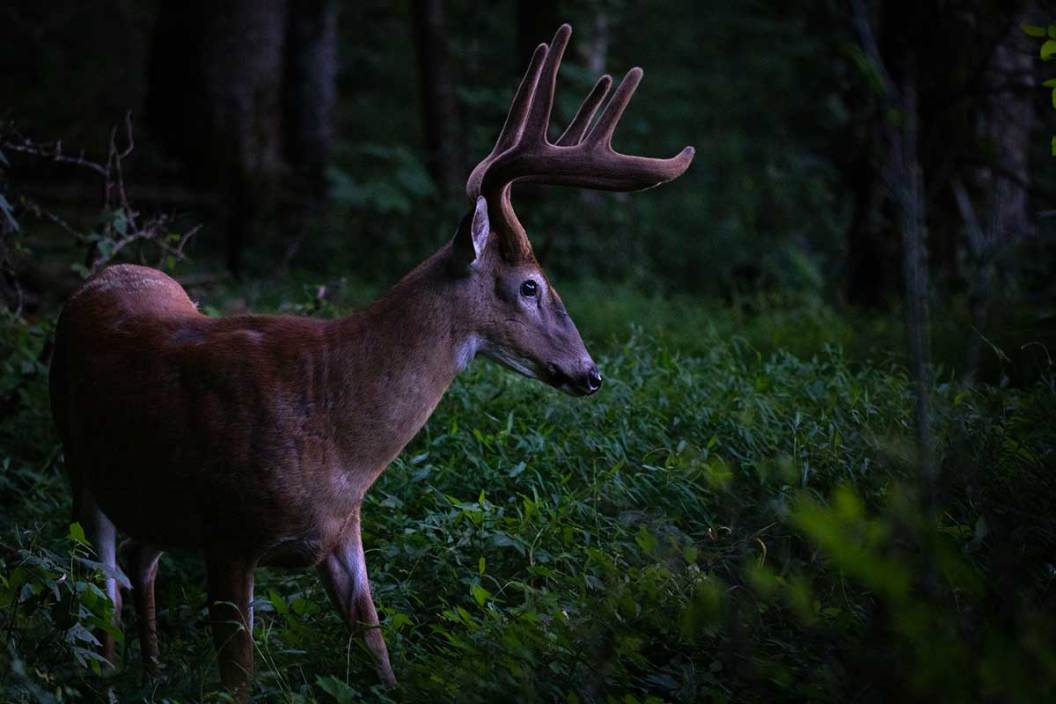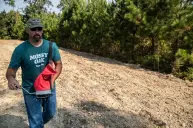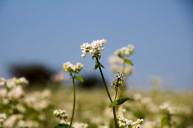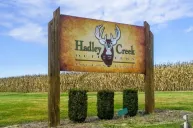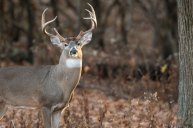You've worked hard all offseason. You sprayed your fields, maybe even twice. You took soil samples, you added the right combination of lime, nitrogen, potassium, and phosphorus. You worked the ground well. You chose the right seed, planted the food plot at the right time, and you prayed for rain. Maybe you admired pictures of perfectly manicured plots as you waited to check on your newly planted fields.
Then it happens. You visit your plots, only to find patchy green sections with less than an inch of growth. There's an overwhelming amount of barren soil mixed with unidentifiable weeds, leaving you uncertain about what will need to be killed. The food plot you tried to cultivate, in essence, is a failure. If this is you, trust me, you aren't alone.
Over the past decade, I have become increasingly interested in creating food plots, and it's led to a lot of trial and error. From large 10-acre soybean plots, to 1-acre clover and alfalfa plots, all the way to mini quarter-acre Brassica plots in the middle of the woods, I've worked with them all. It's become a real passion of mine. However, year after year, no matter how much I prep, no matter how many extra steps I take, there always seem to be a few plots that never come up. There can be different reasons for this, but regardless of the cause, the result is the same: it's almost deer season and you are without food to entice them. If your plots fail and you're in desperate need of a plan to draw deer in for the upcoming season, here are a few tips on how you can salvage things.
Consider a Late Season Replant
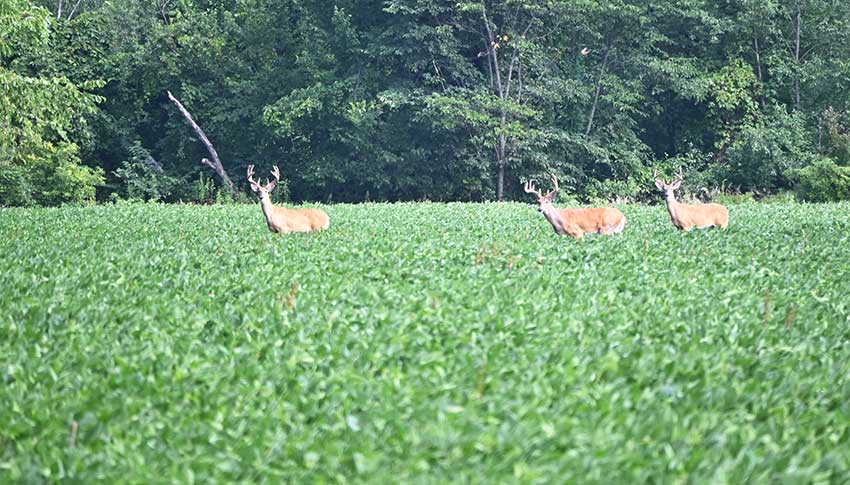
If your food plots don't come up, the best case scenario is that you still have an opportunity to replant. Depending on the time of the year, it's likely you might still have success with a replant, assuming you know why it didn't grow the first time. If you are uncertain why your crop didn't grow, you may be left with the same result but with more time and money wasted on the second round. Fortunately, if you're in crunch mode and only have a month or so before the first frost hits your area, there are seed blends that germinate very quickly. These can provide enough tonnage to satisfy a deer herd, offering them a good plot to hunt over. Try using seed varieties such as oats, wheat, and brassicas like turnips and radishes. These grow quickly and can germinate in a wide range of soil conditions.
Use Supplemental Baiting
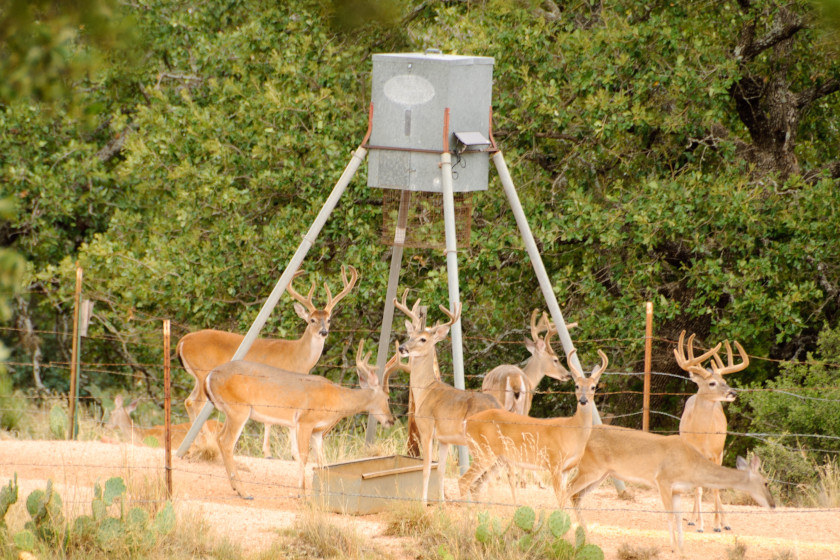
earleliason via Getty Images
You should already know this, but you'll need to check your state and local regulations on baiting your deer herd. Many states don't allow baiting, typically to prevent the spread of CWD, which studies have shown can be transmitted through bait sites. In states like Texas, Ohio, Kentucky, and some parts of Michigan, baiting is legal and can be a great way to attract deer to your area without using food plots. Spinning and gravity feeders can be an awesome way to get deer into the habit of feeding by your tree stand. Corn, apples, soybeans, and even acorns, are extremely attractive forms of bait. Unfortunately, if you're attracting deer, it's also likely you'll be attracting other unwanted wildlife such as raccoons, squirrels, hogs, and bears, depending on your location. Be prepared for this.
Try Hunting Ag Edges
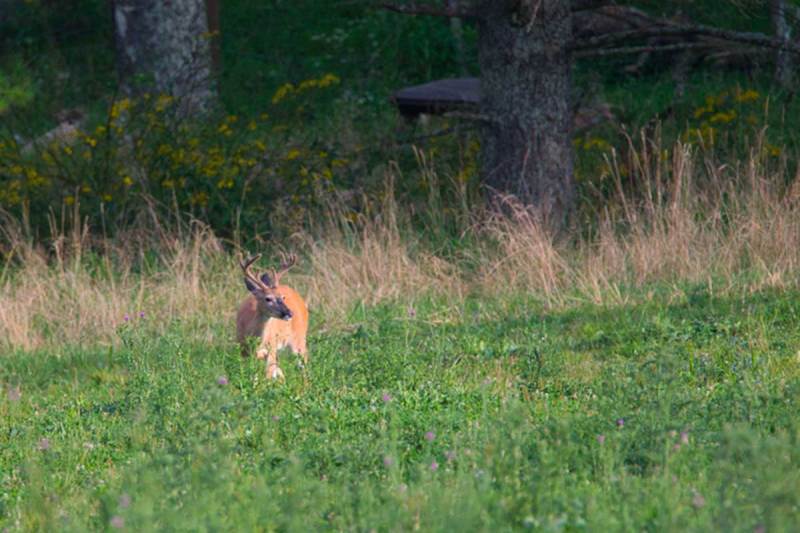
When I first started hunting, I didn't have many options for enticing deer. I was granted permission to hunt on a friend's cattle farm, but I sure as heck wasn't allowed to create food plots. I had to get creative. I noticed that their farm bordered a massive ag field, and out of courtesy I decided to talk to the neighboring farmer to ask if it would be okay to hunt the field's edges (while still on my friend's property, of course). He was thankful that I asked, even though I didn't need to, and said that he didn't mind at all. He even told me he would keep an eye out should he happen to spot any bucks in the field. Lo and behold, I tagged one of my earliest bucks in that spot, and to this day it was some of the best hunting I have ever experienced.
So, if your food plots didn't come up, identify the next food source you (and the deer) might use, and try to capitalize on it. Look for trails out of bedding areas that might lead to either an ag field or an oak patch where deer will congregate.
Head Toward Water

I've always been shocked when I help friends out on their hunting properties and notice they put almost no focus on watering holes. Just like humans, deer need water, and lots of it. A natural pond is great, but buying a 40-gallon polycarbonate water tank and placing it in the woods can work too. The bottom line is, a water source is a key way to attract deer—with or without food plots.
Even if your food plots didn't come up, don't worry. A majority of a deer's diet comes from woody browse, so believe me, they won't go hungry. But with an isolated waterhole, you can create a natural funnel that the majority of your entire deer herd will be utilizing.
Hunt Travel Corridors
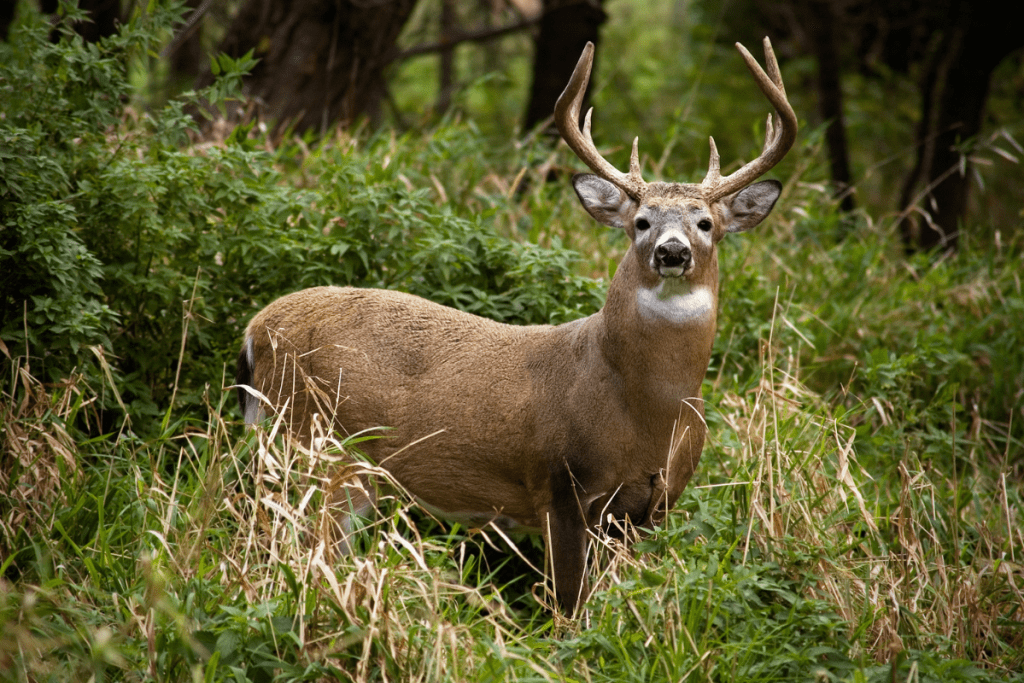
Some of my most productive hunts have been on one particular destination, but within travel corridors. That's especially the case during the rut. Near the tail end of October and during the first few weeks of November, bucks will become much more active during daylight hours. As a result, they will be moving through dedicated travel corridors in between bedding areas, food sources, or water, and scent checking for does to breed along the way.
You can use this to your advantage by setting up downwind of a primary bedding area on a main travel corridor. All you need to do is sit and watch all of the action unfold, and you likely won't be disappointed. This method is so effective that during late October and early November, I don't intrude on my food sources at all, instead focusing entirely on my travel corridors.
If your food plot was a failure this year, you might think all hope is lost. As you can see, there are still several other strategies you can consider that will give you a great chance of punching that deer tag. Adapting to changing circumstances is one of the things that makes whitetail hunting so great. No food? No problem.
